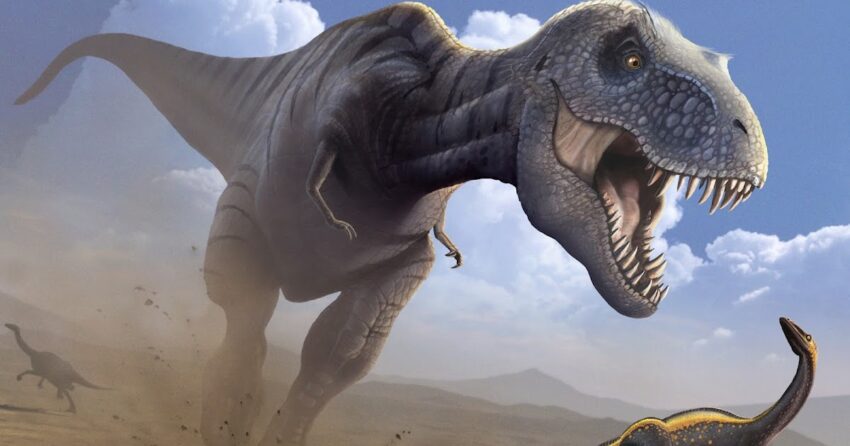The Tyrannosaurus rex, or T. rex, is one of the most famous dinosaurs to ever walk the Earth. With its massive size, sharp teeth, and powerful presence, it has captured the imagination of scientists and enthusiasts alike. Here are five fascinating facts about this prehistoric predator:
T. Rex Was Not the Largest Carnivorous Dinosaur
While T. rex is often depicted as the largest and most fearsome predator, it was not the biggest carnivorous dinosaur. Spinosaurus, for instance, was longer and possibly heavier than T. rex. However, T. rex was one of the most robust and muscular predators, with a bite force unmatched by any land animal in history. Its bite could exert up to 12,800 pounds of pressure, enough to crush bones with ease.
It Had Exceptional Vision and a Keen Sense of Smell
Contrary to popular belief—and depictions in movies like Jurassic Park—T. rex likely had excellent vision. Studies of its skull reveal large optic lobes, suggesting it could see clearly over long distances. Additionally, its olfactory bulbs were highly developed, giving it a keen sense of smell. These attributes made T. rex an apex predator, capable of locating prey even in challenging environments.
T. Rex Was Covered in Feathers
Recent discoveries suggest that T. rex may have been partially covered in feathers, especially during its juvenile stages. While adult T. rex were likely more scaly, the presence of feathers in younger individuals indicates that they may have played a role in temperature regulation or display. This challenges the traditional image of T. rex as a purely scaly reptilian predator.
It Was a Surprisingly Fast Runner
Despite its massive size, T. rex was capable of reaching speeds of up to 12-20 miles per hour. While it wouldn’t win a race against a modern cheetah, this speed was impressive for a dinosaur that could weigh up to 9 tons. Its long, powerful legs and strong muscles were perfectly adapted for quick bursts of speed, allowing it to chase down prey effectively.
T. Rex Had a Complex Social Life
Recent research suggests that T. rex may not have been the solitary hunter we once thought. Evidence of group behavior, such as trackways and fossil sites, indicates that they may have lived and hunted in packs. This social behavior would have made them even more formidable predators, capable of taking down large herbivores and dominating their ecosystems.
Conclusion
The T. rex continues to fascinate scientists and the public alike, with new discoveries constantly reshaping our understanding of this incredible creature. From its bone-crushing bite to its potential social habits, the T. rex remains one of the most iconic and intriguing dinosaurs in history. Its story is a testament to the diversity and complexity of life on Earth millions of years ago.For more information click dinorepeat.com

